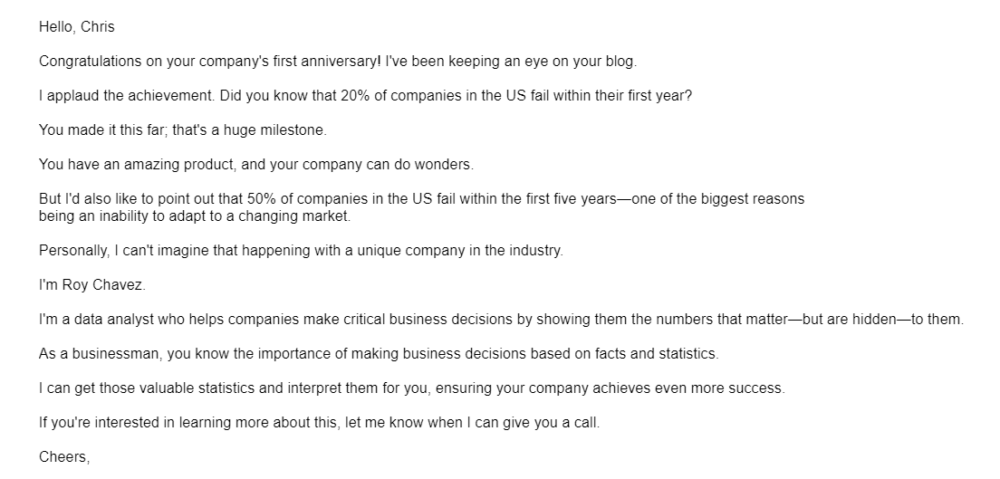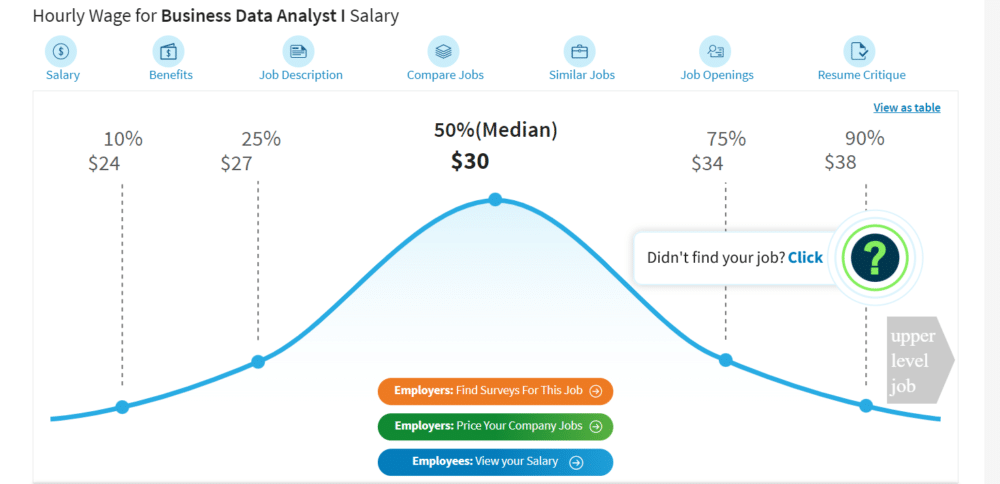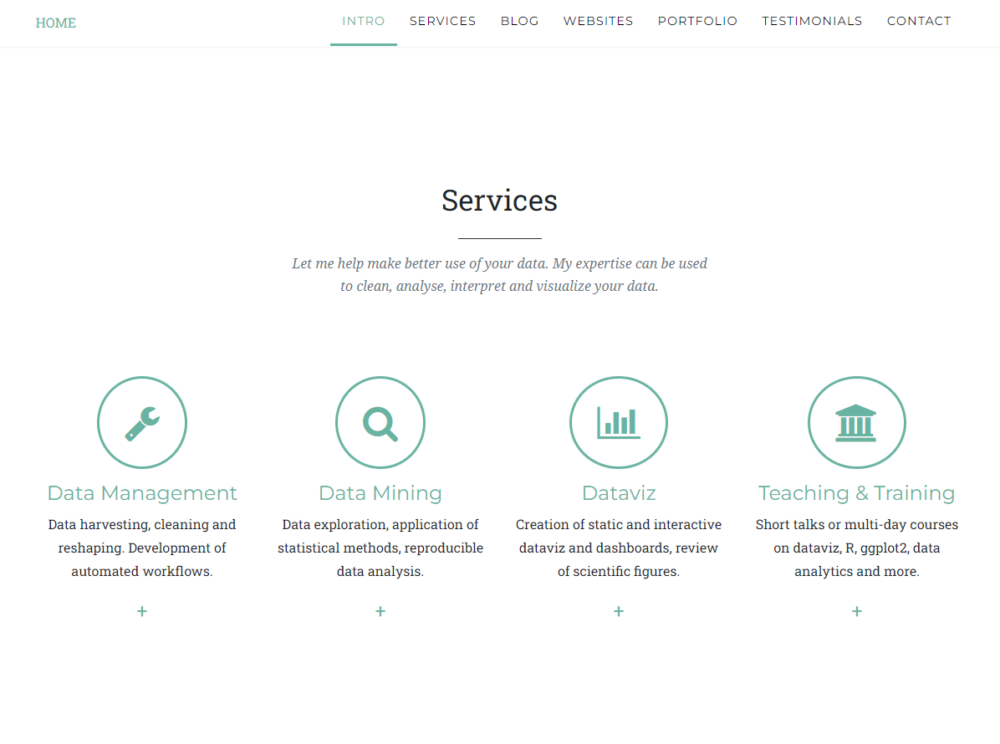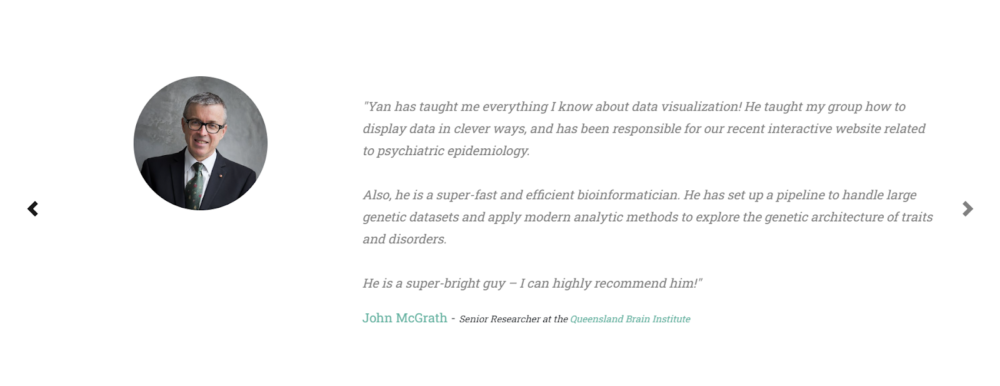Freelancing has many benefits. Whether you’re a freelance data analyst, a writer or a graphic designer, you can choose the clients you want to work with, work at your own pace, and even choose your own workload.
With the kind of flexibility a freelancer has, it’s no wonder then that 20 percent of employees, or around 10 million people, are seriously considering switching to freelance jobs.
If you’re a data analyst who is among those 10 million people, though, it’s not enough for you to have freelance data analyst skills. If you want to launch your career as a freelancer successfully, you need to know some essential tips to implement.
👋 Psst...Have you seen the all-new Feedcoyote yet? They've got a new look, more freelance opportunities, and the best collaboration tool for freelancers! Join over 100,000 fellow freelancers who network, find clients, and grow their business with Feedcoyote. Join for Free »
But let’s back up a bit. What exactly is a freelance data analyst? As the job title implies, a data analyst is someone who analyzes data. In other words, this is someone who gathers critical information, interprets that information, and then presents and uses the results of that analysis to solve a problem.
The information data analysts deal with can come in many forms. It can come from surveys, the monitoring of a website, or even from purchased data sets.
A freelance data analyst then is someone who does all these things at their own pace. Unlike a data analyst who works regular company work hours, a freelance data analyst works at their own convenience and just submits or presents their own findings to the client on an agreed-upon deadline.
As data analysts seek to broaden their skills and improve marketability, pursuing specialized education can be key. One viable path for career advancement is through data engineering courses online, which provide comprehensive training tailored to all experience levels. These courses cover essential techniques to efficiently ingest and manage data, mastering tools necessary in transforming raw data into actionable insights. By enhancing data management capabilities, analysts can stand out in the competitive freelancing arena.
5 Tips to help you launch your career as a freelance data analyst
1. Create a strong portfolio
You’d basically be running a self-proprietorship business as a freelance data analyst or scientist. Like other businesses, you have to market your skills to prospective clients. So, the first thing you need to do is build a strong portfolio.
Just go back and gather all your work on a single platform. You can use a code repository tool like Github to store your projects for sharing. You can also make a portfolio website. We’ll talk about this later.
Ensure that your portfolio showcases both your technical and soft skills. A robust data analyst portfolio should be able to highlight your wide range of expertise, such as your SQL knowledge, your knowledge of programming languages, analytical skills, statistical analysis, data visualization skills, and critical thinking ability.
If you just graduated and have no professional experience yet, you can include some of the relevant work you’ve done while you were studying.
2. Set a rate
Setting a reasonable rate is critical. You can bill your client on a per-hour basis or a per-project basis.
The benefit of an hourly rate is that you’re compensated for every minute you’ve worked, just like a regular employee. The benefit of a per-project rate is that if you finish your work in a time-efficient manner, you may still earn the equivalent of a whole day’s work.
Whichever way you choose to bill your clients, never set your rate so low. You’d need to work long hours just to earn enough for your daily needs. Also, clients may perceive your work to be of poor quality if you charge so low.
According to Salary, the median hourly rate for a data analyst is $30 an hour. Upwork reports that freelance data analysts on their platform charge “$20-$50 an hour,” a $35 average. We can say that the industry-standard fee for data analysts is $30 to $35 an hour.
You can charge your client higher if you feel you have more skills and experience than the average freelance data analyst. Do you fluently grasp lesser-known programming languages such as Pony and Rust? Have you worked for top companies such as Apple and Google? Are you able to visualize your data for optimal presentation?
Additionally, for practical reasons, you may set your price for a large company differently than a small business. A start-up won’t be able to pay you as much, whereas corporations already reap significant revenues.

You should also set a minimum fee. Remember that you need to make a sustainable living at your set rate. Don’t sell yourself short just to appease a client at your expense.
3. Build your brand and market yourself
Your personal brand is how potential clients and clients perceive you. To get their attention, you should make sure your brand sets you apart from other freelancers.
So, think about what it is that distinguishes you from the others. Do you have a specialization, a field of expertise? If you’ve already had some experience working with a company, you can determine your specialization just by looking at your portfolio. If you haven’t had any experience just yet, then ask yourself what it is you’d like to be an expert in.
Once you’ve determined all these, you need to include them on your website so you can market yourself properly. That is best marketing practice.
Check out this example from Yan Holtz. The freelance data analyst markets himself as a professional specializing in data management, data mining, data visualization, and coaching. You see all those specializations on his homepage:
Everything in his website portfolio, then, aligns with these specific specializations. Take a look at this screenshot of his website portfolio section:

To convince potential clients you’re the real deal, you can also showcase your previous clients’ positive reviews about you.
Holtz also does this and even includes each client’s headshot to convince potential clients that the person who gave the positive review is an actual person.
If you don’t have any previous freelance data analyst or scientist experience, you can include your educational attainment on your website instead, some related projects you finished in school, and your internship experience.

If your goal is to become a data scientist, I recommend partaking in some reinforcement learning competitions to build your portfolio.
Next, market yourself taking into account your personal branding on social media as well. Make sure you have an active LinkedIn profile. Facebook can help you secure those clients, too. You can market your services through paid targeted ads and drive traffic to your business website.
One final tip to remember is this: Once you’ve determined your personal brand, make sure everything you do henceforth will help reinforce that kind of branding.
For instance, if you decide you’ll cater to B2B companies alone, then all the clients you accept should, as much as possible, be in the B2B industry.
4. Leverage freelancing sites
Companies don’t just look for their next freelance data analyst on social media or by doing a search of personal websites. They also take to freelancing sites such as Fiverr or Upwork. Engage on these platforms so companies or potential employers can see you. That presupposes, of course, that you need to create your profile on these platforms, too.
When you do great work and get outstanding referrals, you include these in your freelance platform profile for other prospects to see.
But what if you have no professional experience just yet, and therefore have no referrals to include? Don’t worry. You can instead include in your profile your relevant experience at school. Explain, too, the qualities that can make you that ideal person to have a working relationship with.
Then reach out to companies directly or tap freelancing agencies to get those first projects you can include in your freelancing platform profile.
Ensure you also include a link to your professional website in your freelancing profile.
5. Be proactive and reach out to companies
Don’t just wait for those clients to come to you. You need to be proactive and reach out to them, too. You can do that by pitching your services to potential clients on the platforms you’re on.
But don’t send copy-pasted pitches. Analyze each of the prospective clients you’d want to reach out to. In your first message to them, you can provide some suggestions tailored to their needs, based on your field of expertise.

If you’re sending a cold email, like the freelance data analyst above, you can use well-known copywriting techniques to hook your prospects.
The example above, for instance, uses the PAS (Problem-Agitate-Solve) technique. Notice that the freelance data analyst introduced an industry problem, that 20% of companies don’t last a year, and agitated that problem by stating that there’s a 1-in-2 chance of failure within the first five years of operation.
After agitating the problem, Roy put forward the solution: market research, a service he offers.
However you decide to approach a potential client, always be professional, and you’ll land those first clients as a freelance data analyst. You might even get your calendar booked in no time. In those cases, make sure you know how to prioritize your tasks so you can consistently deliver the highest-quality service to every client.
In Closing
Working as a freelance data analyst carries with it more risk than when you work full-time. For one, you don’t have the consistent salary plus benefits that regular employees do.
But if you’re a freelance data analyst, you have more flexibility. You can maximize your time and take on as much workload as you want. That means you can earn more than any regularly employed data analyst.
But before you can get there, you need to know how to launch your freelance data analyst career in the first place. Whether you’re a new graduate or a professional who used to work a 9 to 5 job, the tips are the same:
You’ll need to create a strong portfolio, engage in freelance platforms, build a personal brand, market yourself, and reach out to companies to land projects. You should also charge clients according to your skill level to be compensated fairly.
If you apply these tips, you can launch your career as a freelance data analyst successfully. You’d be one step closer to achieving your goal of running your own booming freelancing business. Good luck!
Keep the conversation going...
Over 10,000 of us are having daily conversations over in our free Facebook group and we'd love to see you there. Join us!








